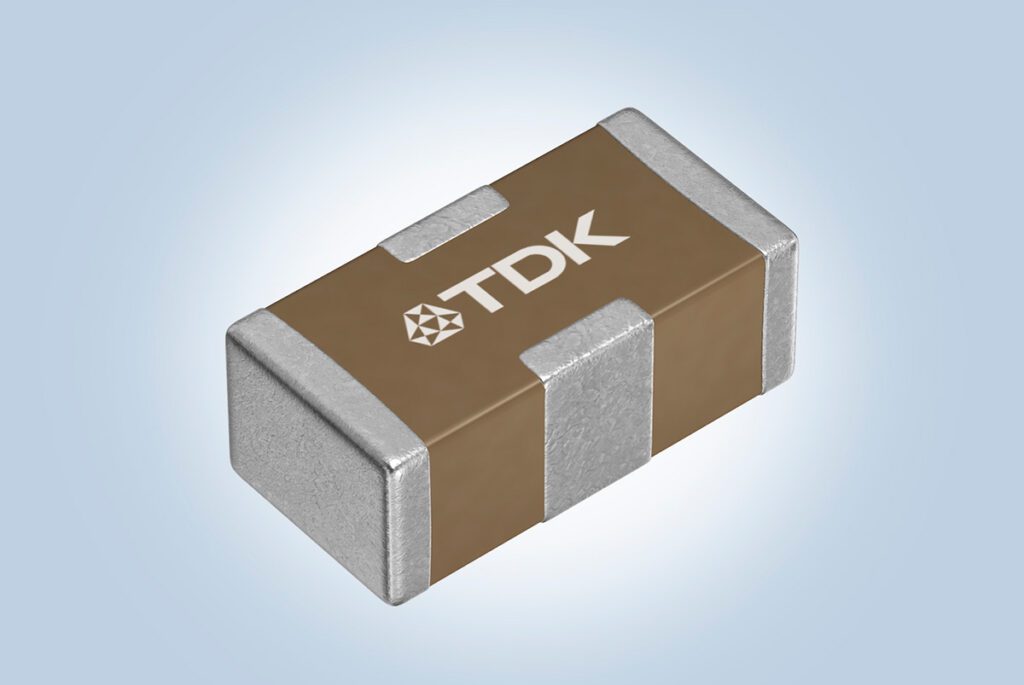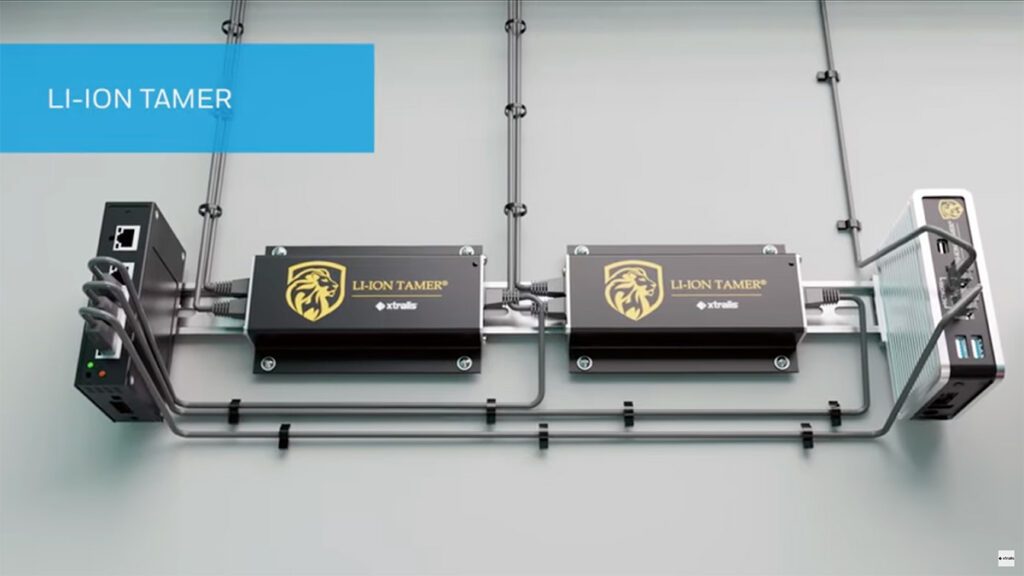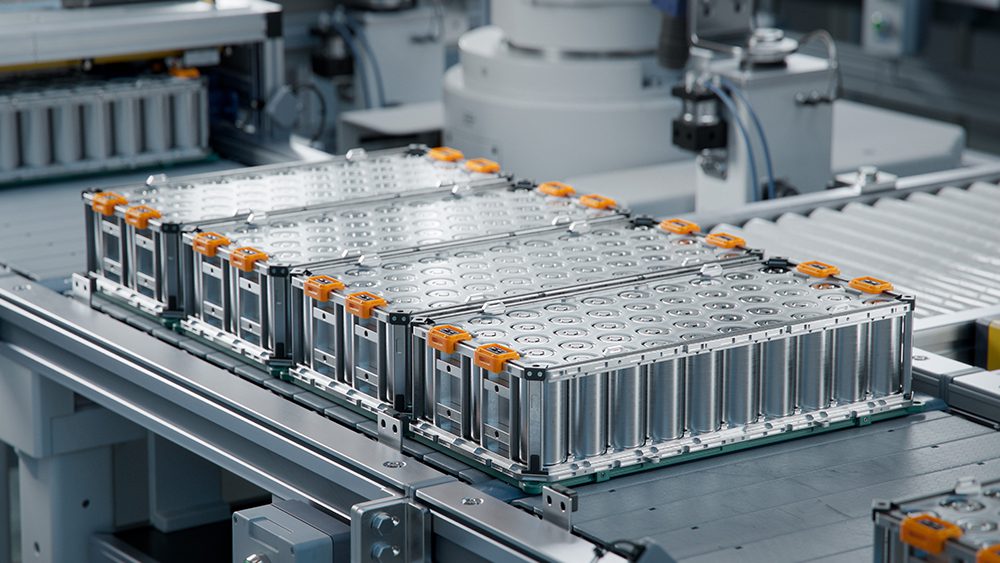Supercapacitors, which can be charged rapidly and deliver intense bursts of power, are a hot topic these days. However, current supercapacitors use components made of carbon, which require high temperatures and harsh chemicals to produce.
Now researchers at MIT and elsewhere have developed a supercapacitor that uses no conductive carbon, and that could potentially produce more power than existing supercaps.
“We’ve found an entirely new class of materials for supercapacitors,” says MIT professor Mircea Dincă, the lead author of a paper on the new technology that was recently published in Nature Materials.
For several years, Dincă and his team have been exploring a class of materials called metal-organic frameworks, or MOFs – porous, sponge-like structures that have an extraordinarily large surface area for their size, much greater than carbon materials.
“All double-layer supercapacitors today are made from carbon,” Dincă says. “They use carbon nanotubes, graphene, activated carbon, all shapes and forms, but nothing else besides carbon. So this is the first non-carbon, electrical double-layer supercapacitor.”
However, MOFs have a major drawback: they are not very electrically conductive. “One of our long-term goals was to make these materials electrically conductive,” Dincă says.
The new devices produced by the team already match or exceed the performance of existing carbon-based versions in key parameters, such as cycle life. In tests, they lost less than 10% of their performance after 10,000 cycles, a result comparable to existing commercial supercapacitors.
But Dincă thinks that’s just the beginning. MOFs are a large class of materials whose characteristics can be tuned by varying their chemical structure. “We have a new material to work with, and we haven’t optimized it at all,” he says. “It’s completely tunable, and that’s what’s exciting.”
Alexandru Vlad, a professor at the Catholic University of Louvain in Belgium, who was not involved in this research, is also excited about the possibilities of MOFs. “This work shows only the tip of the iceberg,” says Vlad. “With carbons we know pretty much everything, and the developments over the past years were modest and slow. But the MOF used by Dincă is one of the lowest-surface-area MOFs known, and some of these materials can reach up to three times more [surface area] than carbons. The capacity would then be astonishingly high, probably close to that of batteries, but with the power performance of supercapacitors.”
Source: MIT News



















































































